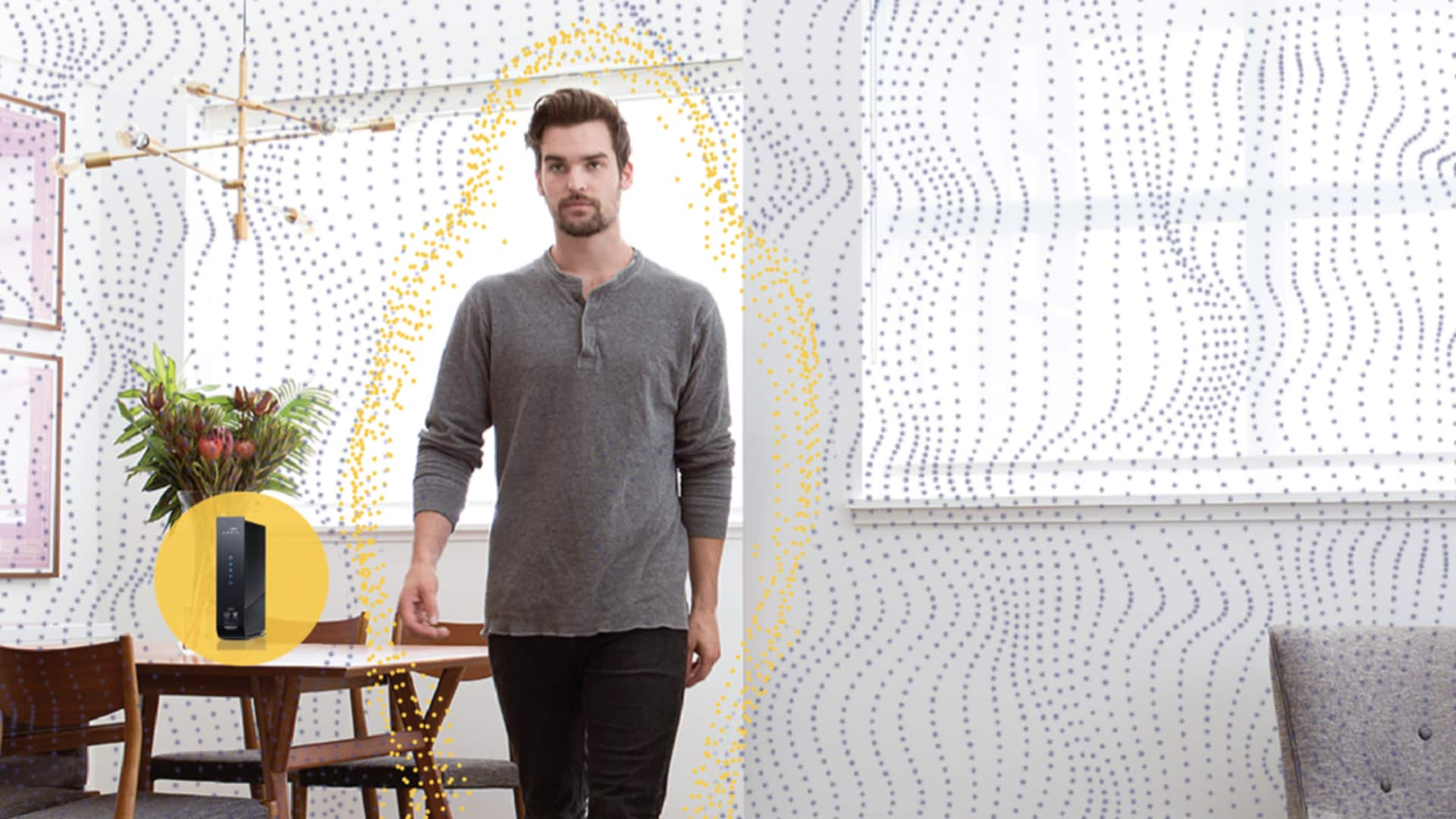
Forget cameras! This tech uses Wi‑Fi signals to identify humans
What's the story
Italian researchers have developed WhoFi, a novel way to track individuals using their unique "fingerprint" created by the way their bodies block Wi-Fi signals. Since these signal distortions—captured as channel state information (CSI)—carry biometric traits, WhoFi can match individuals across locations without visual identifiers. This means that even without a phone, one could be tracked as they move through areas with different Wi-Fi networks.
Efficacy
WhoFi outperforms EyeFi
The WhoFi technique achieved accurate matches on the public dataset up to 95.5% of the time when a deep neural network used the transformer encoding architecture. This is an improvement over a similar technique called EyeFi proposed in 2020, which had an accuracy of about 75%. The researchers say their results confirm Wi-Fi signals as a strong and privacy-preserving biometric modality for person re-identification systems.
Versatility
Wi-Fi signals can be used for several sensing applications
Over the last decade, scientists have discovered that Wi-Fi signals can be used for a range of sensing applications. These include seeing through walls, detecting falls, identifying human presence, and recognizing gestures like sign language. The Wi-Fi Alliance started promoting this concept as "Wi-Fi Sensing" after the IEEE 802.11bf specification was approved in 2020.
Advantage
Why use Wi-Fi signals for surveillance?
The researchers argue that Wi-Fi signals provide better surveillance capabilities than cameras. This is because they aren't affected by lighting conditions, can go through walls and other obstacles, and are more privacy-preserving than visual images. The tech could be used in buildings, security surveillance, and retail analytics. However, passive detection raises major privacy concerns, as users can be tracked without consent and even through walls.